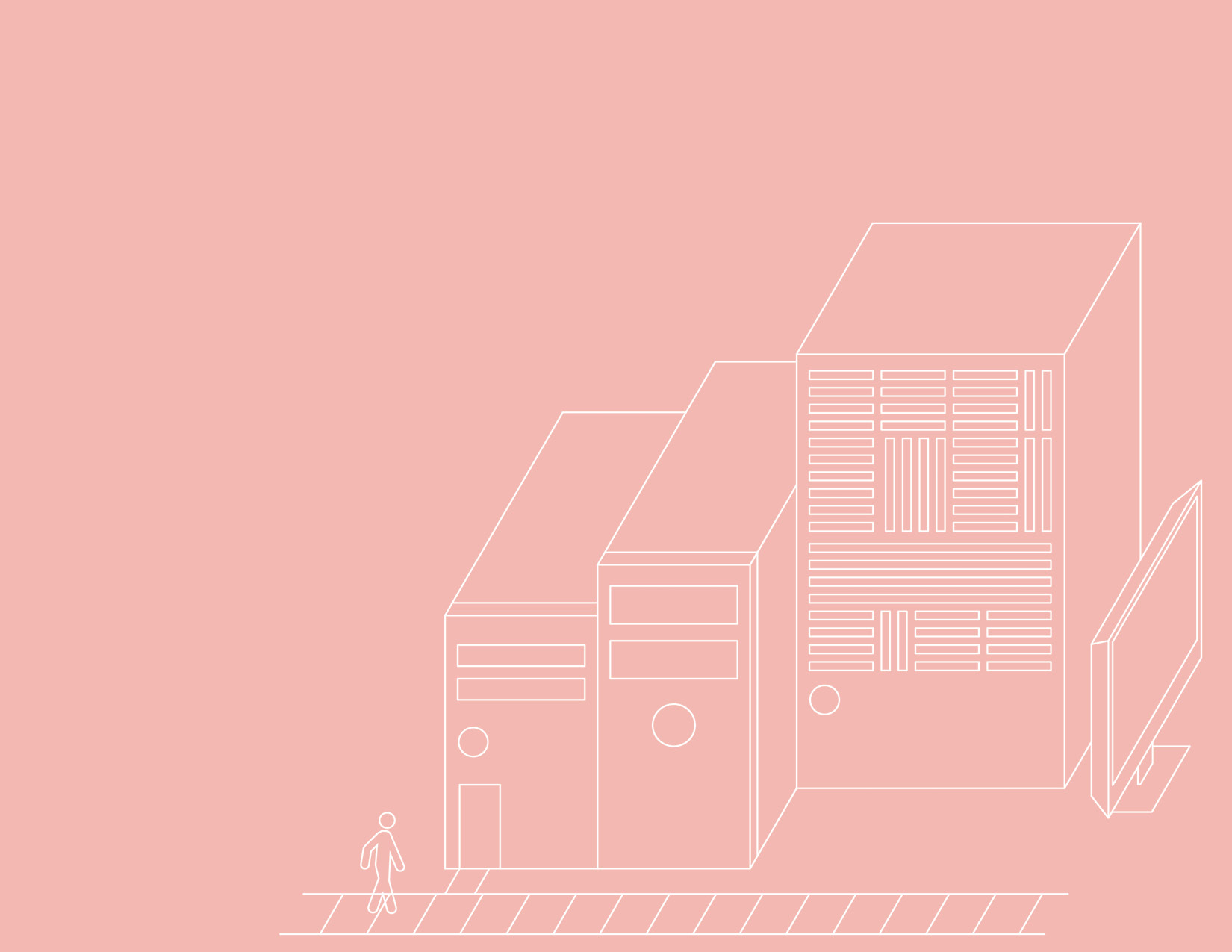THE ETERNAL EMERGENT
![]()
April 2025THE ETERNAL EMERGENT

by Nilson Ariel Espino
Cities are always changing. It’s in their nature.
So, in a sense, there is always something “emerging” in the urban scene. What are the key drivers of change in cities today?
We can look at general socio-economic trends for a clue. Today, everyone seems obsessed with artificial intelligence (AI). Will AI usher in a new kind of city? I doubt it. We’ve been talking about “smart cities” for quite a while now, with not much to show for it. AI is promising an even smarter city, but we have discovered in the meantime that good “dumb cities” are cheaper to build and manage. It is not very clear that flooding cities with sensors and machines—including self-driving cars that can be hacked—is a smart move. In the global south, urgent basic tasks like efficient trash pickup or a good public transit system may benefit from new AI applications, but only marginally. To the degree that AI replaces human trash collectors or bus drivers, the resulting unemployment might manifest itself in more homelessness—certainly not an improvement to urban quality of life.
Urban social problems can be also exacerbated by mass immigration, which is already taking place in some regions oftentimes due to disruptions generated by climate change. Climate change is, of course, a huge emerging challenge to many cities and is already manifesting itself in coastal flooding, extreme weather events, and extreme heat.
What about remote work?
This has become a hot topic since the Covid-19 Pandemic, when a large portion of the urban labor force hooked onto new communication technologies and worked from home. Some observers predicted that remote work would usher in the end of cities, but this kind of demise has been prophesied before, concretely after the invention of the telephone, and later the internet. What the statistics tell us is that, at most, 20 percent of the urban labor force can be completely severed from a physical job site, depending on the industry. Most workers must still go to a workplace regularly, if not daily. The drop in on-site workers is not negligible, and can significantly lessen urban congestion and commuting times as well as reduce the urban footprint of office space. But some of the most interesting impacts are to be found in small towns and rural regions — that is, in the balance between cities and non-urban areas in the general settlement pattern.Those able to fully work remotely can now move anywhere they want and are frequently choosing places like beaches, villages or hamlets, which then, of course, start growing significantly and reversing decades of stagnation. Remote workers are typically highly-paid and cluster around the upper echelons of their corporations, making them also a very specific type of newcomer.

Let me introduce a prediction of another emerging trend: more planning.
I believe that in the coming years, governments, both national and local, will plan more rather than less. Two factors will account for this. One is the backlash against the neoliberal consensus that has dominated politics in recent decades. Across the world, people are more distrustful of pure market solutions to social problems. With the level of wealth concentration that we have today, laissez-faire philosophies from economic and political leaders look suspiciously self-serving.
People want their governments to intervene on their behalf, and more intervention means more planning. The work of planning means being strategic with limited resources and with competitive advantages. When the world’s emerging economies such as China are highly planned (for better or worse), it is foolish, especially for small countries, to enter the fray of the global economy without a plan.
